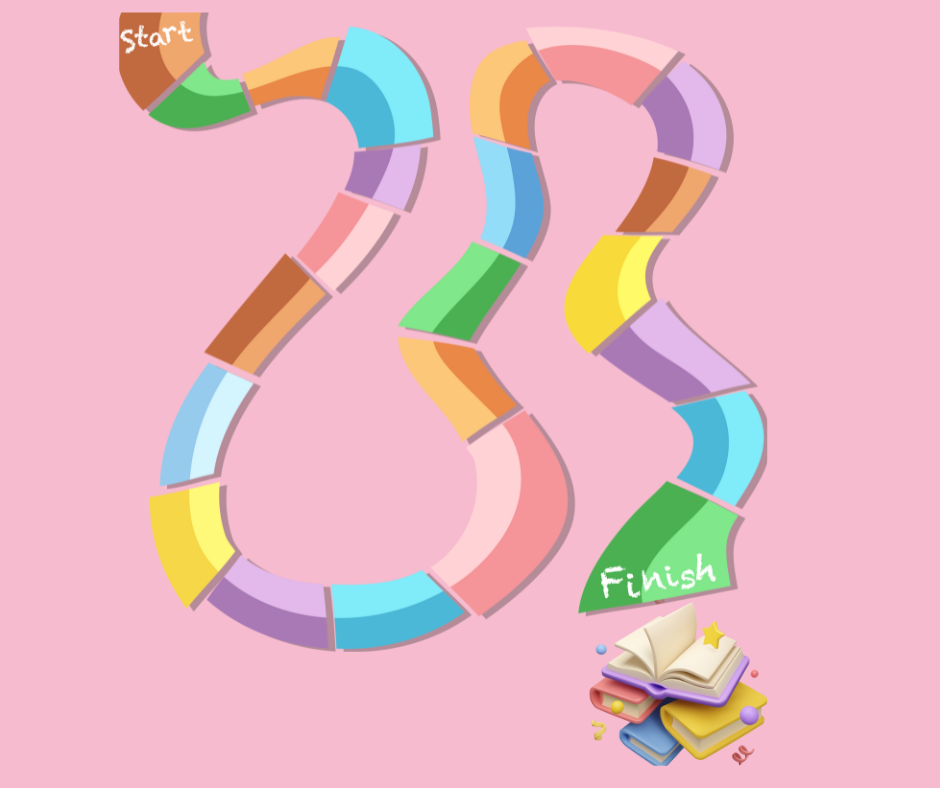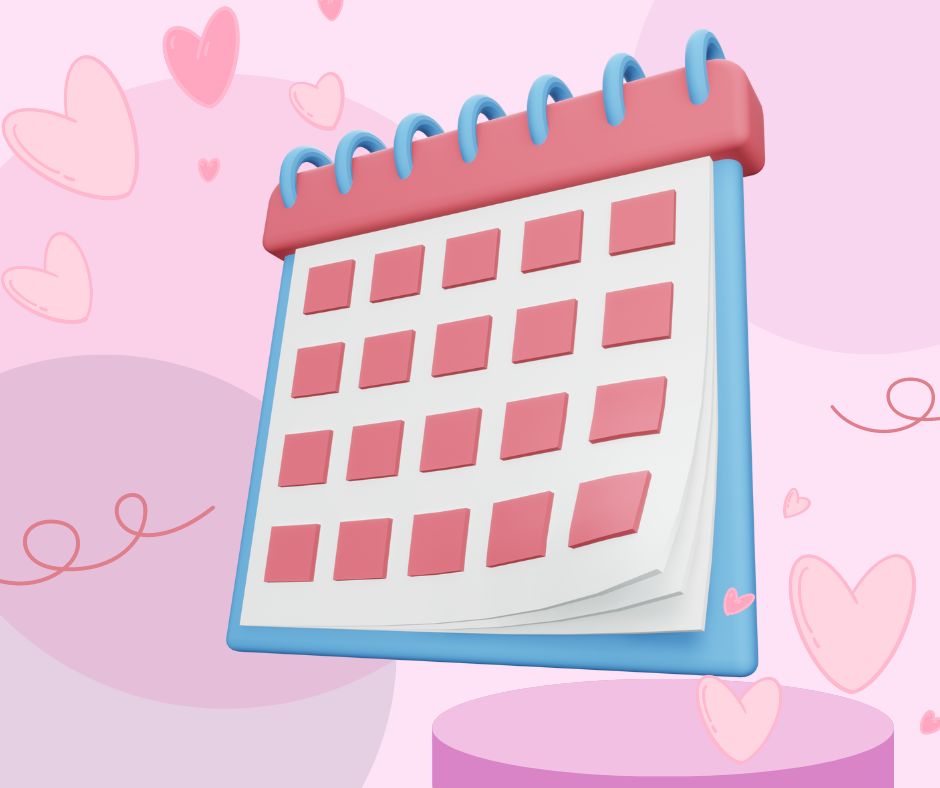Easy Steps for Cutting Words from Your Romance Novel

It’s a feat to write a book. But once you’ve completed your first draft, it’s time to revise and edit. A part of that process is figuring what words need to go.
Stephen King suggests cutting 10% from your writing. But you’re not cutting any words. Your goal is to remove what’s not needed without losing the story’s heart. Think of it like spring cleaning; you want to declutter so you have a tidy, yet still inviting home.
Why Cutting Words is Necessary
There are several reasons why words should be cut, including:
- They take the oomph out of your writing.
- They slow down the story’s pacing.
- They confuse the point or cause readers to miss important information.
- They don’t add to character or story development.
How Many Words Do You Need to Cut?
The short answer is that you need to cut as many as needed to fix the problems listed above. If your goal is a traditional book deal though, you’ll need to cut (or add) to fit within standard publishers’ guidelines.
Harlequin has very specific word counts for each of its lines. Most other publishers aren’t quite as rigid, but you still need to be aware of they’re looking for. With paper costs skyrocketing, it’s difficult to sell a contemporary 90,000+ word romance unless you’re Lucy Score or any of the other indie authors who have amassed a huge following.
Typical romance book word counts:
- Contemporary Romance (includes rom-com & new adult): 65,000 to 80,000 words (maybe 90,000)
- Romantasy: 90,000 to 150,000 words
- Romantic Suspense: 70,000 to 80,000 words (maybe 90,000)
- Historical Romance: 55,000 to 80,000 words
If you’re a first-time author wanting an agent and/or traditional book deal, you’ll want to stick within these word counts. If you’re an indie published author, you have more leeway to write shorter or longer. With that said, because word count can impact the reader experience, don’t dismiss the importance of cutting words.
Keep in mind that an 80,000 word book is approximately 320 pages long. If you go too much over that, readers that see chunky books as being too time consuming may pass on it.
Macro vs Micro Cuts
When you start cutting words, look at it from two angles; macro cuts and micro cuts.
Macro cuts are big deletions. These are edits done at the content level looking at character and plot development. You might remove whole scenes or chapters that don’t move the story forward.
Micro cuts, on the other hand, involve polishing the details. These are smaller word-deletions to tighten and strengthen the prose, such as removing filler words.
Macro Word Cutting
When you’ve finished your first draft, your next step is revision, in which you go through your manuscript, fleshing out the areas that need more, and cutting the bits that don’t serve the story or slow it down. Sometimes it might seem obvious what needs to go. In Come to Me, I cut the first two chapters. They were well written and interesting, but they put off the meet cute. Since the book is a romance, I decided I needed to get the couple on the same page sooner…in chapter one. I was able to repurpose some of the information in the chapters, but the rest was deleted.
Cutting entire chapters or scenes isn’t for the faint of heart, especially if you love what you wrote. Deleting prose is referred to as “killing your darlings” and a necessary part of crafting a great novel.
Cutting Scenes
Sometimes you have to get into the weeds to figure out what’s not working and needs to be eliminated from your story. One of the easiest ways to do this is to make sure all your scenes have a purpose. Here is a checklist I like to use when I evaluate scenes of my books. Note this checklist is part of the Revision Checklist free to Write with Harte Members. You need to be logged in to access it. Not a member? Join here for free.
All scenes should have at least one of the following:
Plot purpose
Character goal
Action to advance plot
Action to increase tension
They should have at least two of the following:
Character development
Cause for character conflict
Effect of character conflict
Raised stakes
Reinforcement of stakes
Character motivation
Bonus
The following list isn’t necessary for every scene, but they can be used to enhance the scene. NOTE: The list below enhances the above scene elements. Scenes should not be made up of only of any of these items (e.g. the scene shouldn’t be only backstory).
Character backstory
World building
Tone/mood
Theme
Foreshadowing
Work from the Middle
There are two reasons, in my opinion, that books slump in the middle act. One is that the second act is the largest (half the book). But another is that the opening chapters (act 1) often have the most rigorous revision. As you work through the book, you tire. Your attention to detail wanes. You let things go that you edited/revised in the first act. For that reason, consider starting your revision from the middle.
Some writers suggest starting at the end, and working backwards. This can work too.
Micro Word Cutting
When I first started writing, this type of cutting was the most tedious. I had to search each element or word to revise or cut, which took a long time. I had a list of 16 words or so and each one needed to be searched, evaluated, then cut or saved. At one point, I had a Word Macro that highlighted every possible issue (filler word, passive voice, etc) to make the process faster. It made my manuscript look like a Christmas tree with all the various colored highlights of issues to address. Sometimes that was overwhelming.
Today, tools like AutoCrit and ProWritingAid can identify all these issues and you can easily deal with them. Even so, it helps to know what you’re looking to cut and why:
Cut Filler and Weak Words
These words often take the oomph from your sentences. For example, in the opening line to this section, “often” isn’t needed. Here’s a list of words to eliminate or reduce in your manuscript:
Weak or Vague Words
Felt
Took
Gave
Very
A lot
Really
Often
Always
Sort of/Kind of
To Be Verbs (is, was, has become – choose stronger verbs)
Thought /Sight/Hear Words (if you’re in a specific POV, we don’t need to be told who thought or noticed as we know who is thinking or noticing from the POV)
Thought
Realized
Noticed
Saw
Heard
Wondered
Others Words to Check
Beginning/Began
Starting/Started
That
Now
Just
And (at the beginning of sentences)
But (at the beginning of sentences)
So (at the beginning of sentences)
Well
Up/Down (the act of sitting is a downward motion, so sitting down is redundant.)
Fix passive sentences
Passive sentences aren’t only weaker than active voice sentences, but they contain more words.
The house was blown down by the hurricane. (8 words)
vs.
The hurricane blew down the house. (6 words)
Note, not all passive voice sentences are bad. There are times when you may want to use it. You can check out my video on passive voice here.
Reduce or eliminate adverbs
Like passive voice, adverbs add words that may not be needed, especially if a stronger verb will be better.
She walked quietly.
vs
She tiptoed.
What about adding words?
During the revision process, chances are you’ll need to add words as well. Maybe you need to flesh out a scene that isn’t clear or add a scene to draw out tension.
You’ll add words when you revise to show instead of tell, especially if you decide to reduce dialogue tags and replace them with action, thoughts or feelings.
“I hate you,” Joannie said.
vs
“I hate you.” Joannie threw the coffee mug at Joe.
But in the end, you’ll likely cut more than you add unless your first draft isn’t quite done.
Being Merciless
It’s not easy to cut words. It feels like going backwards (unwriting). Sometimes they’re great words (darlings). When it comes to revision and what to cut, you need to think less as a writer and more as the reader. It’s their experience you want to enhance. To so that, you need to show no mercy to words (well used or not) that take away from the story.
I save any large chunks of writing or well-crafted sentences in a “Darlings” file for each book. They’re cut from the manuscript, but aren’t gone. They’re stored in the off chance I can use them elsewhere. (I’ve never used a Darling, but I still feel better knowing they continue to exist.)
Do you have other tips or ideas on cutting words from your manuscript? I’d love to hear about them in the comments.






Responses